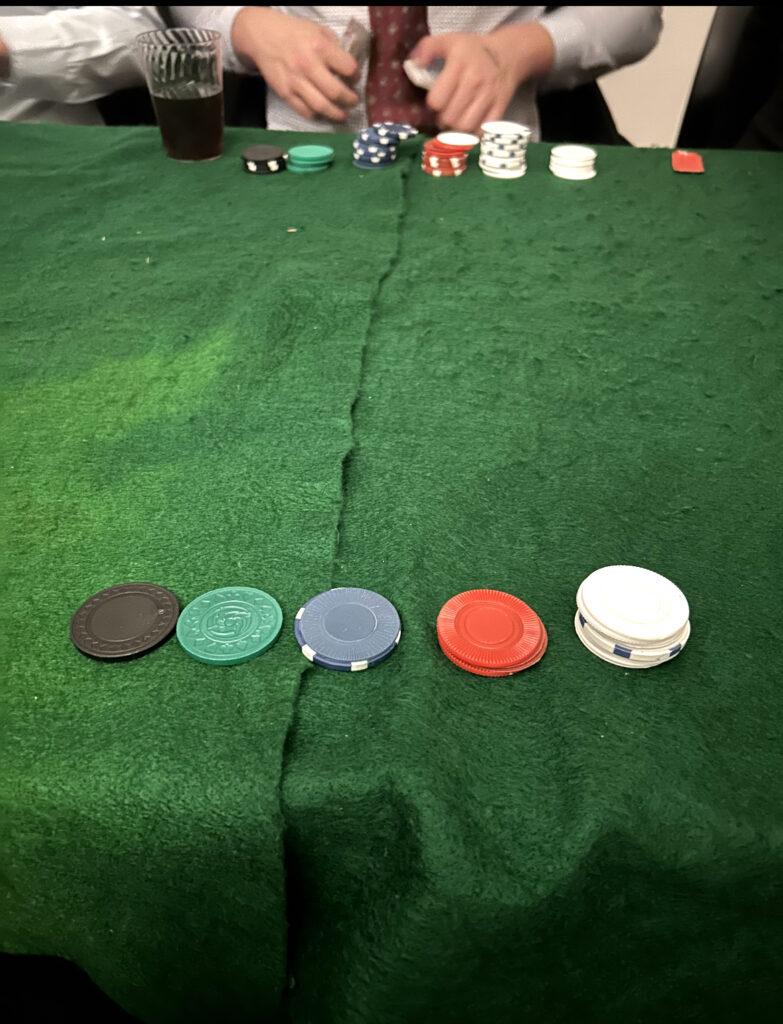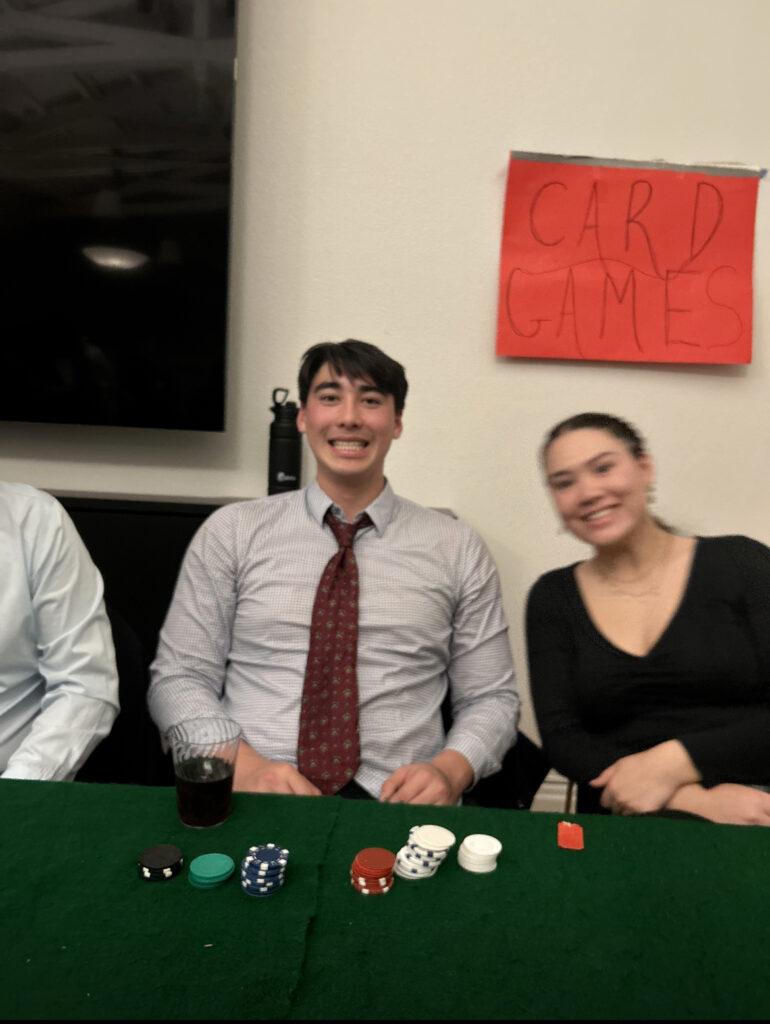Understanding the Risk of Addiction in Texas Hold’em Poker
Texas Hold’em Poker, while skill-based, poses a significant risk for addiction due to its engagement with probability, emphasis on betting money along with the psychological interplay between social interactivity, luck and skill. The target audience of this game is basically the entire general public, particularly those interested in the psychology of gambling, game theory and probabilistic analysis. The game was first popularized in the early 1900s, and likely originated from Robstown, Texas. Despite its murky origins, it has become one of the most well known games of chance and is sanctioned by the World Series of Poker. Texas Hold’em can be played on several different online platforms including PokerStars and 888poker. Furthermore the game is offered at almost all casinos. Furthermore one can also buy a personal set that comes with chips, cards etc. Ultimately, I believe risks associated with Poker are significantly high compared to other games that incorporate elements of chance, such as slot machines and blackjack, as the y are heightened by the added dimensions of social interaction, near misses, and perceived control over the game.
Me in the ropes after a big loss to a mate post-river
Texas Hold’em Poker engages players through a combination of skill and chance. The skill element involves strategic decision-making, reading opponents, and bluffing. And honestly in my opinion this aspect makes the game extremely enjoyable to play. There was nothing like bluffing a good friend or the thrill of coming down to the River when there are just two people left and there is a lot of money on the line. When I played last night, I remember hearing audible gasps as the final card was turned and the uproar when my two friends revealed their cards was insane. Nevertheless, despite the importance of skill in poker the random distribution of cards introduces a significant element of chance, making outcomes unpredictable. I found that especially when playing in larger groups, luck was much more of a factor as bluffing/using psychological strategies was a lot less effective.
Despite the element of chance, I believe there is a significant amount of skill involved in poker compared to other chance games you’d find at a casino. As aforementioned, poker allows for strategic play, whether it be psychological tactics or conducting probabilistic analyses in your head. Players can employ a variety of strategies, such as bluffing, where they deceive opponents into believing they have a stronger hand, or reading tells, which involves interpreting physical or behavioral cues from other players to gauge the strength of their hands. For example, one of my friends always would look up and down his cards when he was looking for a straight, or would just look at one card repeatedly if had a pair. Additionally, players can use mathematical skills to calculate pot odds and expected value, making decisions based on the statistical likelihood of winning a hand. My Math professor for example would do this in his head and was pretty successful as a semi-professional poker player.
This increased sense of control and the depth of strategy make the game more engaging, leading players to believe they can “beat the odds” with enough skill, despite the inherent randomness in card distribution. The skill curve in poker, where players can continually improve and develop their strategies, makes the game even more attractive to gamblers. However, this also poses an increased risk of addiction and substantial financial losses. The belief that one can outsmart the game through skill can lead to overconfidence and risky behaviors, such as chasing losses or playing beyond one’s means. Nevertheless in the context of poker, one’s belief that they can beat the other player becomes much more salient – which I believe to be even riskier when there is still so much up to chance. As players strive to refine their strategies and achieve mastery, they may become more entrenched in their gambling habits, ultimately facing the potential for significant financial and psychological harm due to the extremely high downside of losing – which is inevitable for any poker player.
My friend who took my money after getting a flush when I had a straight
As mentioned in the paper, Poker players experience near misses, such as having a strong hand that is just beaten by an opponent’s slightly stronger hand. These near misses can be highly frustrating and motivating, driving players to continue playing to achieve a win. This happened to me during my playthrough as I was sure that my straight was going to win, based on probabilities and also the way in which my friend was betting – I was convinced he was bluffing. Nevertheless upon the reveal at the River, he had a flush which totally blindsided me. After this experience the hilarious social embarrassment and need to win back money locked me in even more, and I found myself much more motivated to play. I feel like this competitive aspect in terms of near misses is enhanced by social interaction, possibly making POker even more addictive than other more passive games such as Black Jack or Craps.
To mitigate the risk of addiction and enhance the overall enjoyability of the game, poker platforms could implement several key features. For example setting time limits can help prevent extended periods of gameplay, promoting balanced playtime, as I have found that poker games can drag on for an extremely long time, which is especially boring for players that lose out early on. Furthermore I believe that providing more self-exclusion options enable players to voluntarily exclude themselves from the platform for a set period if they feel their gambling is becoming problematic, serving as a crucial part of a broader responsible gaming strategy.
Me smiling through the pain





